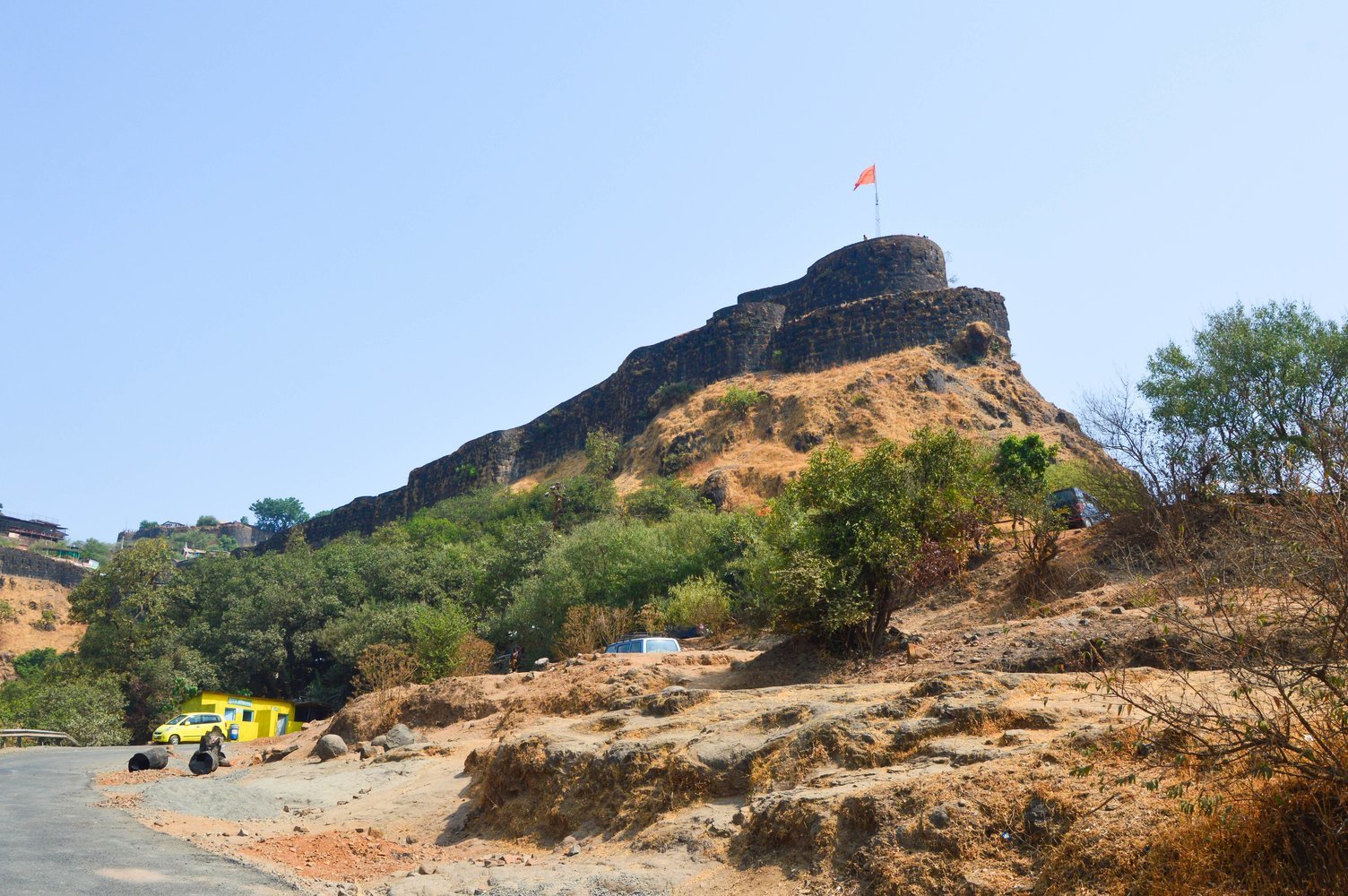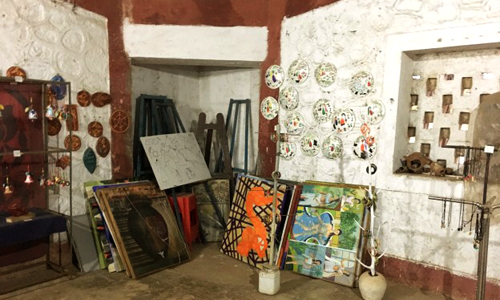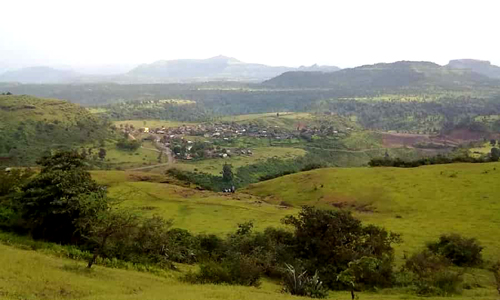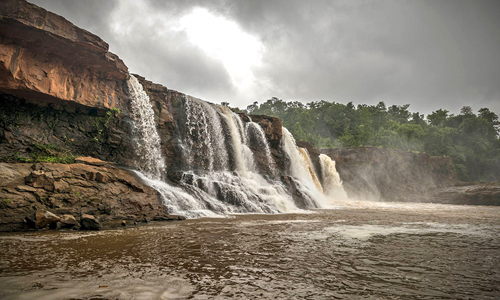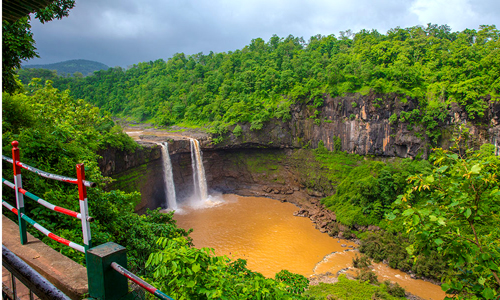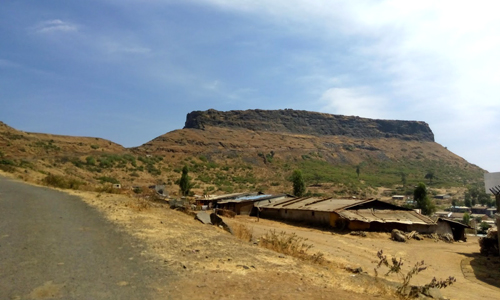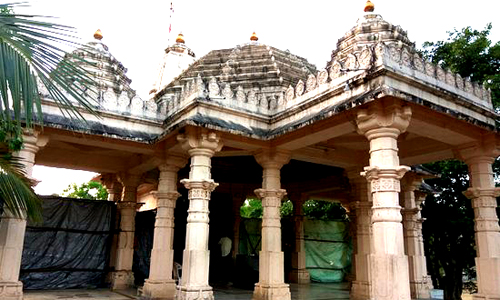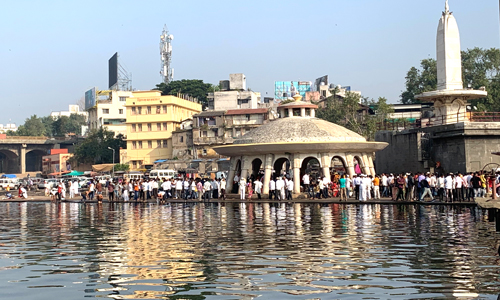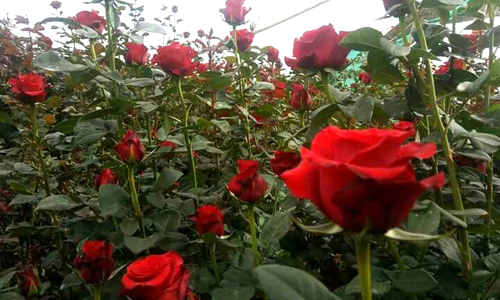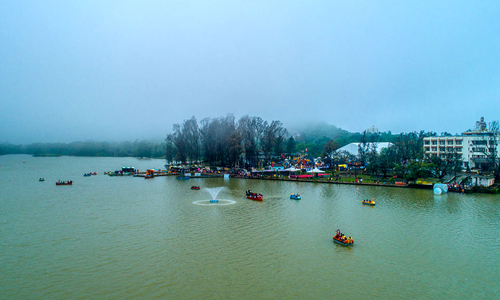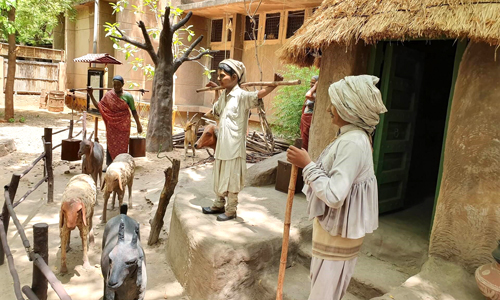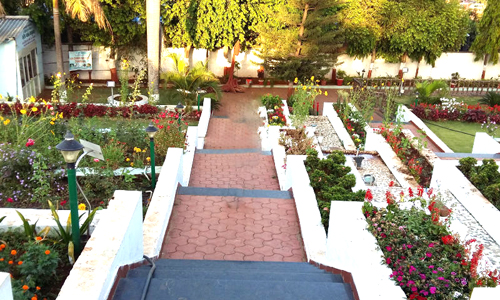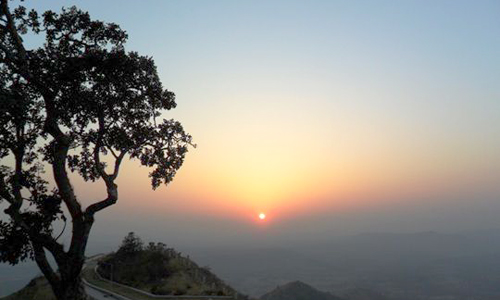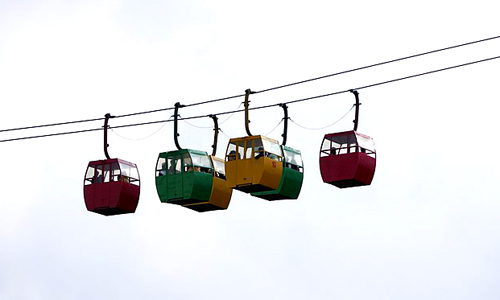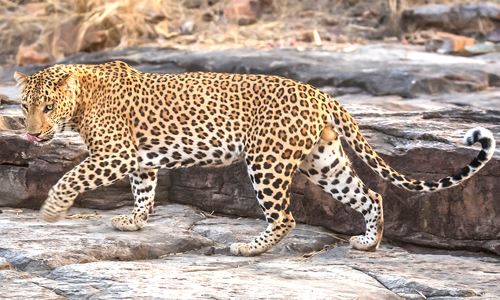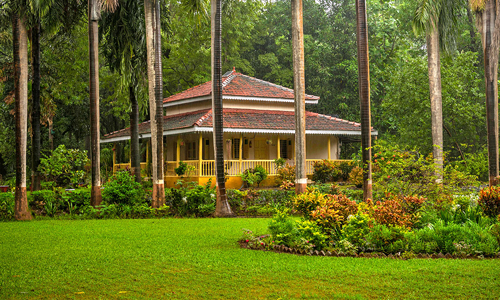Purna Wildlife Sanctuary is a wildlife refuge in India's Western Ghats, between the states of Gujarat and Maharashtra. It is a popular bird-watching destination and one of the most incredible places in Saputara.
Purna Wildlife Sanctuary, in the essentially tribal district of Dangs, became a sanctuary in July 1990. It covers an area of 160 square kilometres. The sanctuary gets its name from the Purna River that runs through it.
The wildlife is under maintenance by the North Dangs Forest Division. It is one of Gujarat's last remaining sections of wet deciduous forest. It is home to a diverse diversity of flora and wildlife. Purna and Vansda National Parks are the sole protected areas in South Gujarat dedicated to conserving varied biological resources.
Purna is famous for its dense forest cover and has the state's highest average rainfall. The area is rich green with deep forests, rivers, and little tribal communities, delighting visitors. Purna Wildlife Sanctuary contains over 700 species of plants and trees. Leopard is a crucial predator here, and its number is growing.
What is Purna Wildlife Sanctuary famous for?
Purna Wildlife Refuge, located in the essentially tribal region of Dangs and named a refuge in July 1990, has the state's thickest forest cover. The woodlands include lofty teak trees rising tall and straight in the company of other allied flora. The best months to visit Purna Wildlife Sanctuary are October and February.
Is Purna worth visiting?
Leopards, rhesus macaques, bonnet macaques, common mongoose, Indian civet cats, porcupines, four-horned antelope, and various other animals now live there. It also has over 7,000 plant species. It is an excellent destination for environment and animal lovers. The wildlife sanctuary is a must visit place during the Saputara tour package.
The main settlement of Mahal is located in the centre of the sanctuary on the banks of the Purna River and includes a forest rest house. It is the most popular location for Nature Education Camps. Tourists can take a jeep safari at sundown to see the animals come out to feed themselves or for food.


